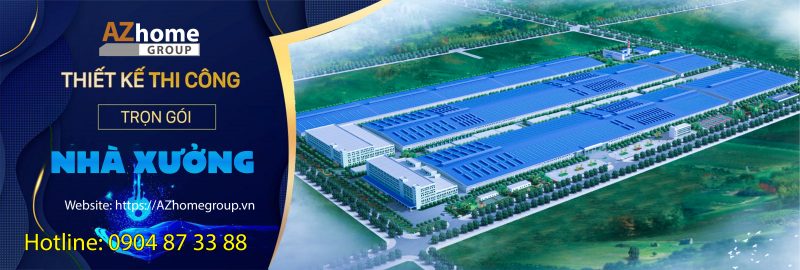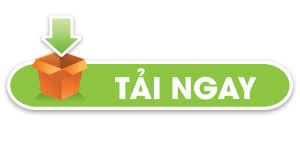The water colour technique of architectural rendering – Bernard Atkins, Contents:
MATERIALS FOR PAINTING
WATERCOLOR BOARD is a watercolor paper glued onto a heavy board to keep it from going flabby when wet. A good 300 lb. paper will do as is and you can use the other side if you make any disasterous errors.
GRAPHITE TRANSFER PAPER is used to transfer the drawing from the sketch paper to the watercolor board. See page on MAKING AND USING A GRAPHITE TRANSFER PAPER.
T.V. DINNER PAN AND A BUTCHER’S TRAY are both used as palettes. The t.v. tray is good for large amounts of wash and the other for smaller bits of paint mixing.
A WATER CONTAINER
A COMPLEXION SPONGE AND A MANUFACTURED HOUSEHOLD SPONGE for a multitude of purposes.
FACIAL TISSUE is indispensable for dabbing and picking up watercolor washes and also for drying out wet brushes, etc.
PAINTS are all watercolors except for a few gouache colors and an opaque white.
BRUSHES are good quality red sable watercolor brushes in graduating sizes.
A TOOTHBRUSH for spattering the paint to get a “pebble” effect on roof and walls.
A HEAT GUN to quickly dry up washes so we can continue on with the painting.
CLEAR TAPE to mask off areas you do not want the washes to enter.
FRISKET KNIFE to cut tape and friskets.
STICK PEN is used to transfer lines onto the watercolor board.
RULING PEN makes straight lines with paint.
ALUMINUM MOULDING has a variety of uses but mainly as a guide for lines going back to the vanishing points.
Password giải nén: M17q9#6&










